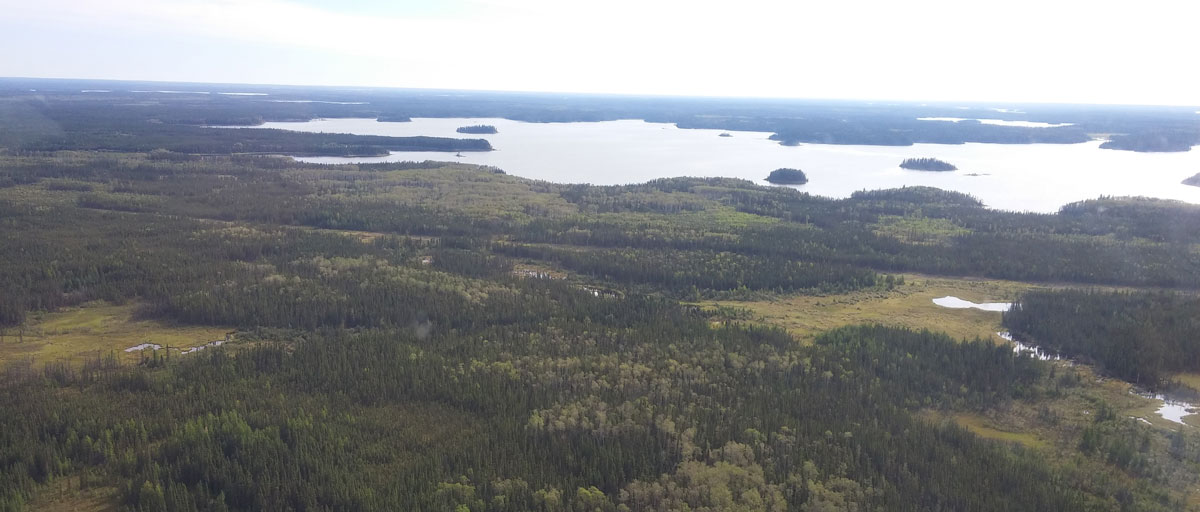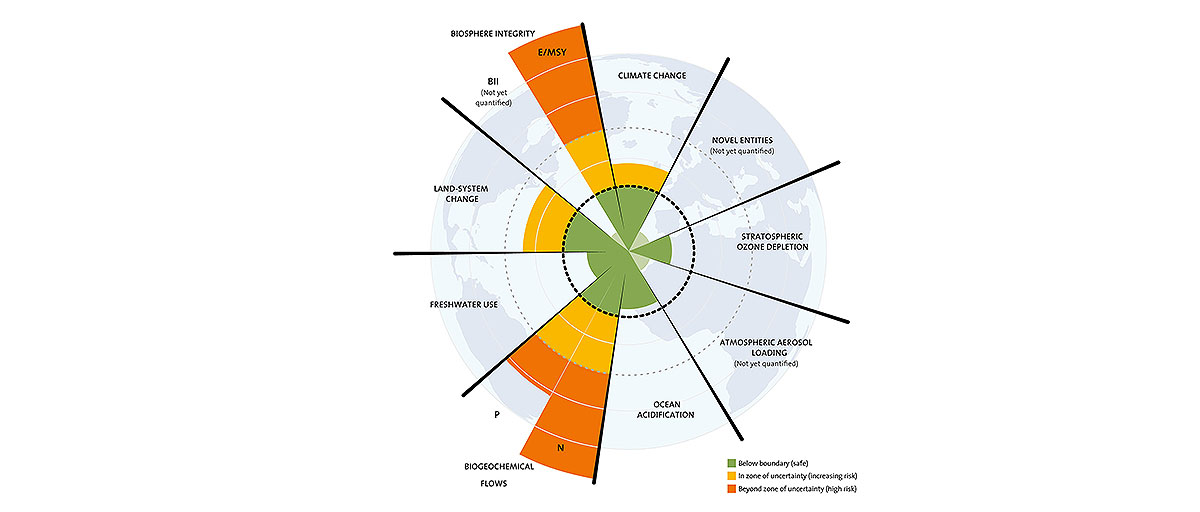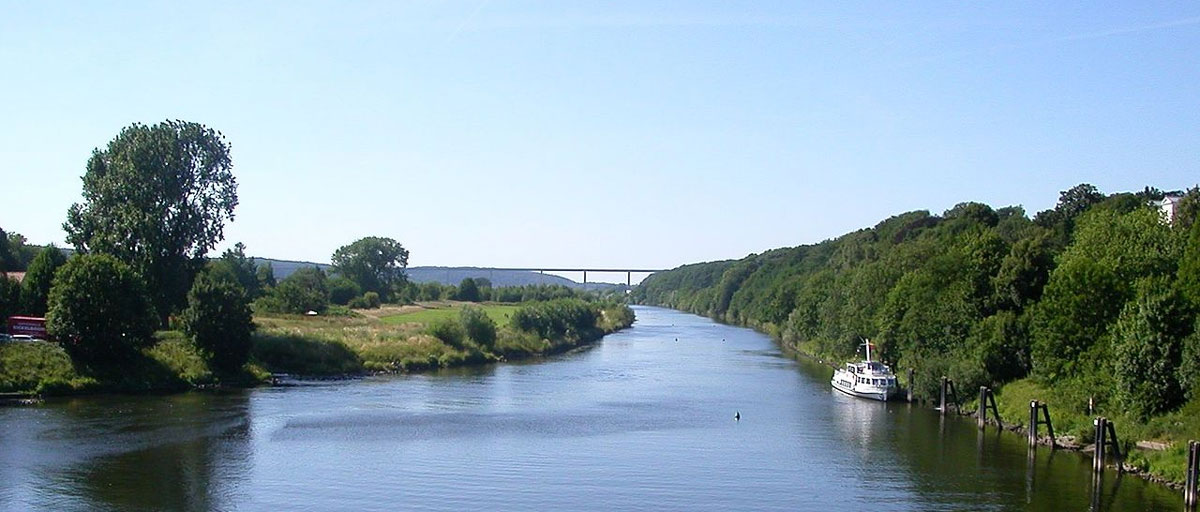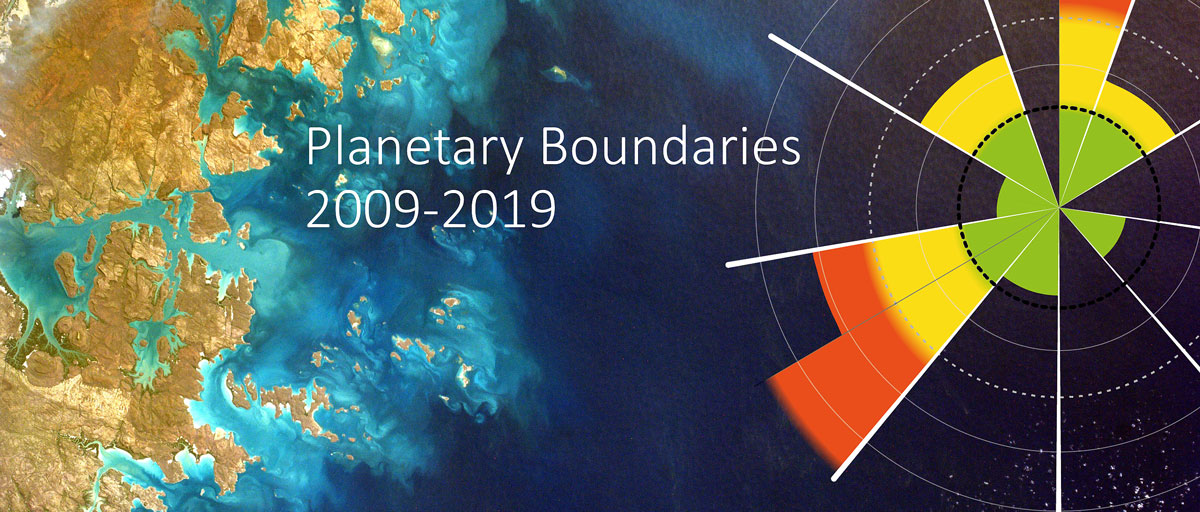
A study published in the Science of Total Environment demonstrates how using the Planetary Boundaries framework in life cycle assessments can improve decisions on land use and land use change. Using scientific modelling four landscapes were studied, including boreal forests. Photo: Wikimedia Commons
Bildtext får vara max två rader text. Hela texten ska högerjusteras om den bara ska innehålla fotobyline! Photo: B. Christensen/Azote
Life cycle assessments
The boundaries of a life cycle
How the Planetary Boundaries framework can improve life cycle assessments on land use and land use change
- Land use and land use change are among the biggest impacts in a product life cycle but current life cycle assessments lack a planet-scale perspective.
- Temperature and precipitation mediate shifts among forest, savanna, shrubland, grassland and desert landscapes, so the authors propose using climatic control variables when applying the Land-system change planetary boundary in the life cycle assessment context.
- Better modelling and assessment of land-system change including non-linear land-atmosphere interactions can help business decision makers better understand the risks of large-scale state shifts and make better choices to reduce the environmental impacts of products.
Ten years have passed since 28 internationally renowned scientists first identified the nine processes that safeguard Earth’s stability and resilience. While the Planetary Boundaries framework continues to inform global sustainability science and policy, applying its Earth system “control variables” on smaller scales remains challenging. That also includes attempts to incorporate it into life cycle assessments (LCA), a technique used to assess the potential environmental impacts of a product.
Thanks to new research that might change.
A study published in Science of The Total Environment demonstrates how the evidence of regional regime shifts in land cover can improve integration of the Planetary Boundaries framework with LCAs and inform decision makers about global systemic risks.
The study, co-authored by centre researchers Lan Wang-Erlandsson and Sarah Cornell, was the outcome of a science-business collaborative effort led by Anders Bjørn of the CIRAIG Polytechnique in Montreal.
Plugging gaps
Life cycle assessment indicators of land use and land use change need to cover all major landscapes, including forests, savannah and grasslands. The Planetary Boundaries for land-system change, on the other hand, focuses exclusively on forests. This creates a gap, explains Anders Bjørn.
We were concerned with linking the risk of Earth-system destabilization, as understood under the Planetary Boundary framework, to land use and land use changes from human activities in many locations connected by global supply chains as captured by the life cycle assessment framework.
Anders Bjørn, lead author
Links between consumption and earth system stability
Bjørn and his colleagues propose two climatic variables that are more reliable indicators of the regional impact of land uses and land use change than using forest cover alone. The first control variable is temperature, specifically the air temperature two meters above the vegetation surface. The second is precipitation – mostly as rainfall, although snow and even fog droplets are important in some biomes. The two variables drive landscape shifts across four biome types – tropical and sub-tropical, boreal and tundra, temperate and drylands.
While the researchers acknowledge the complexity of modelling the complex links between climate, the water cycle, land use and land use change, they believe such inputs into life cycle assessments can help to understand which activities fall within Earth’s “safe operating space” as the Planetary Boundary framework defines it.
“This clarifies the linkages between product consumption and Earth system stability, with a scale-bridging social-ecological systems perspective that is needed as global efforts to combat climate change intensify,” says co-author Sarah Cornell.
Local decision-making respects global boundaries
The researchers believe consideration of state shifts and threshold processes in land-atmosphere feedback can lead to better assessments of how landscapes change because of human activity.
“The planetary boundaries are challenging to apply at the local levels where actual production and consumption decisions are taken. Our working assumption that no biome state shift should be transgressed regionally is a pragmatic and precautionary way to ensure that local decision making respects global boundaries,” co-author Lan Wang-Erlandsson explains.
The study’s approach to assessing impacts through the links between landscapes, the water cycle and climate is relevant beyond the context of product life cycles and could, for example, help to improve assessments of nations’ “safe operating spaces”.
Bjørn, A., Sim, S., King, H., Keys, P., Wang-Erlandsson, L., et.al. 2019. Challenges and opportunities towards improved application of the planetary boundary for land-system change in life cycle assessment of products. Science of The Total Environment, Volume 696, 15 December 2019, 133964











